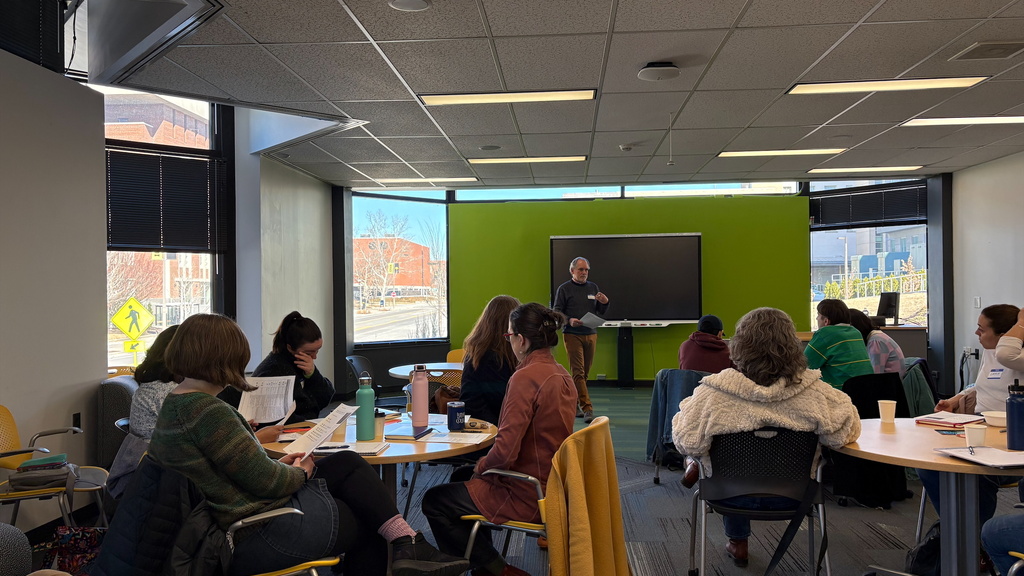Classroom Tools Highlight: Poetry Inside Out

-
Four Introductory Lesson Plans
-
Access these two lesson materials that serve as the foundation for the Poetry Inside Out (PO) method, which engages translation as a mode of poetry analysis. First, the student-facing Poem Page provides contextual informational on the poet, their historical period, geographical context, and language. It also consists of a translator's glossary to help students access a language they may or may have familiarity with, as well as the poem in its original language. Next, students will work on translating the poem one phrase at a time before working collaboratively to "make it flow." Finally, there is a reflective component in which students can consider the activity, how it made them feel, and what the process reveals about the craft of both poetry and translation.
Additionally, the detailed lesson plan for this introduction is available, providing helpful ideas and structures for implementing this activity in the classroom. It includes in-depth support for four lessons, from guiding questions and discussion points to lesson breakdown suggestions and culture-building activities.
